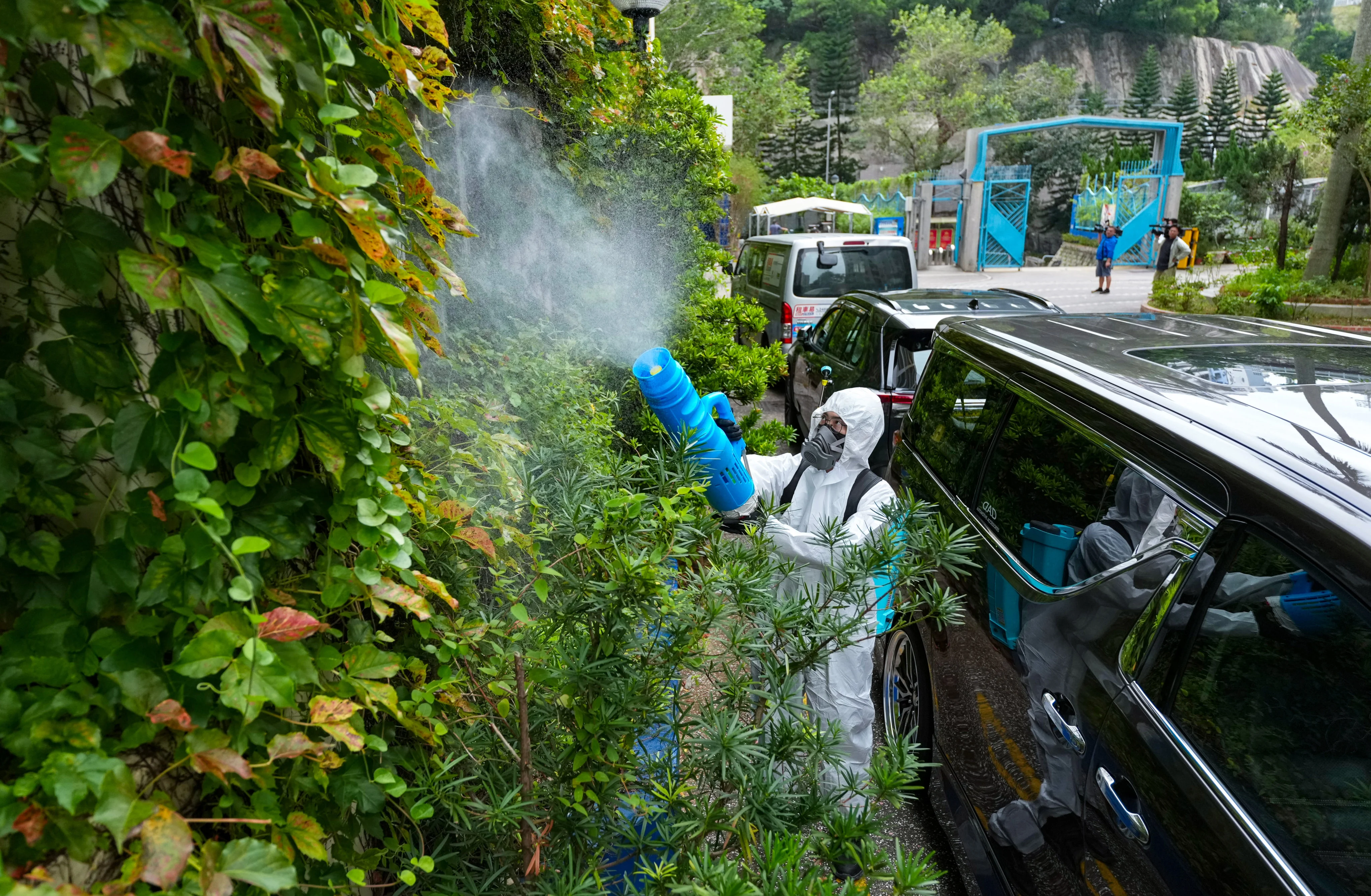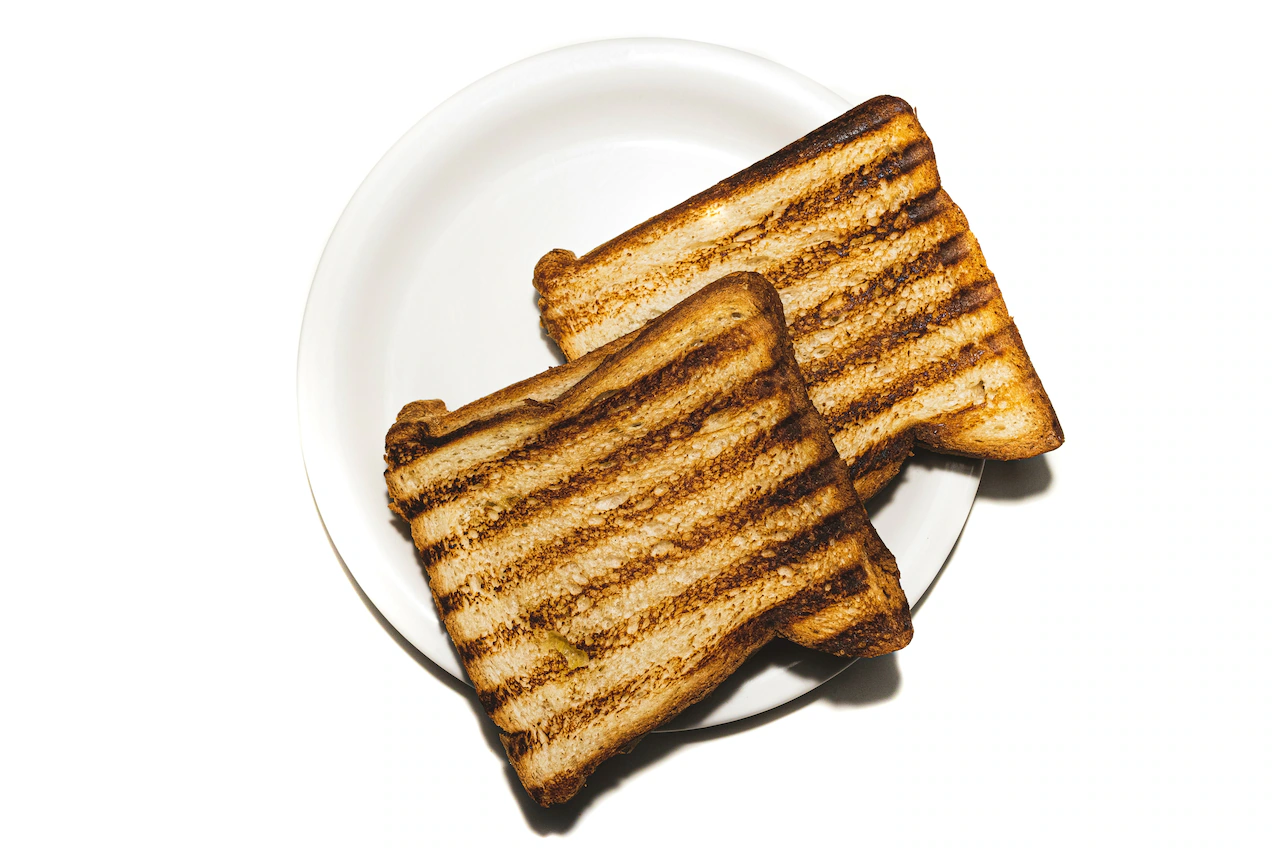Copyright scmp

Hong Kong health authorities have identified 21 people showing mild symptoms of chikungunya fever who required blood tests, as the city’s leader pledged that his administration would go all out to prevent the viral disease from taking root locally. The Centre for Health Protection on Tuesday also said the source of infection in a 55-year-old woman confirmed with the mosquito-borne illness a day earlier was still under investigation, but a genome analysis was being conducted. The centre said it had assessed about 2,100 residents between Sunday and 5pm on Tuesday through a hotline and a medical booth set up at the Fung Tak Shopping Centre, located in the public housing estate linked to the city’s first local chikungunya infection. Among those assessed, 21 residents displayed mild symptoms, and were arranged to undergo blood tests. “Laboratory testing is continuing,” it said. “So far those samples that have completed testing are all negative for chikungunya virus. Chikungunya fever is a viral disease transmitted by the Aedes aegypti mosquito, with an incubation period of about two to 12 days. Although rarely fatal, it can cause fever, rash, and joint pain. Authorities have been on high alert after an 82-year-old woman living in Fung Tak Estate in Diamond Hill became the city’s first locally acquired case when she was diagnosed last Thursday. Earlier on Tuesday, Chief Executive John Lee Ka-chiu said chikungunya was not endemic in Hong Kong, pledging that his administration would make every effort to eliminate mosquitoes to ensure the disease did not take root locally. “It is crucial for the government to control and block the spread of infection by mosquitoes,” he said before meeting the Executive Council, the government’s top decision-making body. “The top priority must be to eliminate mosquitoes and to let the public know how to take precautions, thereby reducing the risk of possible infection after being bitten by a mosquito.” Lee highlighted government efforts following the first locally acquired case, including intensive mosquito control and the removal of stagnant water within a 250-metre radius of the patient’s residence, as well as inspections of high-risk areas such as construction sites. A survey has been carried out among 8,000 households in the affected Wong Tai Sin neighbourhood to monitor residents’ conditions, according to the city leader. “The most important thing is for everyone to participate in mosquito elimination and prevention, as well as protecting themselves to minimise the risk of infection,” he added. The Centre for Health Protection said Hong Kong had recorded 50 confirmed cases of chikungunya this year, 48 of which were imported. It warned that outbreaks of the disease were occurring in many parts of the world and urged residents to stay informed about local health conditions before travelling. To protect themselves, the centre advised the public to use insect repellents containing DEET or other active ingredients effective against mosquitoes. The Food and Environmental Hygiene Department also called on residents to take preventive measures such as changing the water in vases, emptying plant saucers and properly disposing of empty cans and containers. Property managers and the public should also keep drains clear and fill in sunken areas to prevent water accumulation, the department added.



